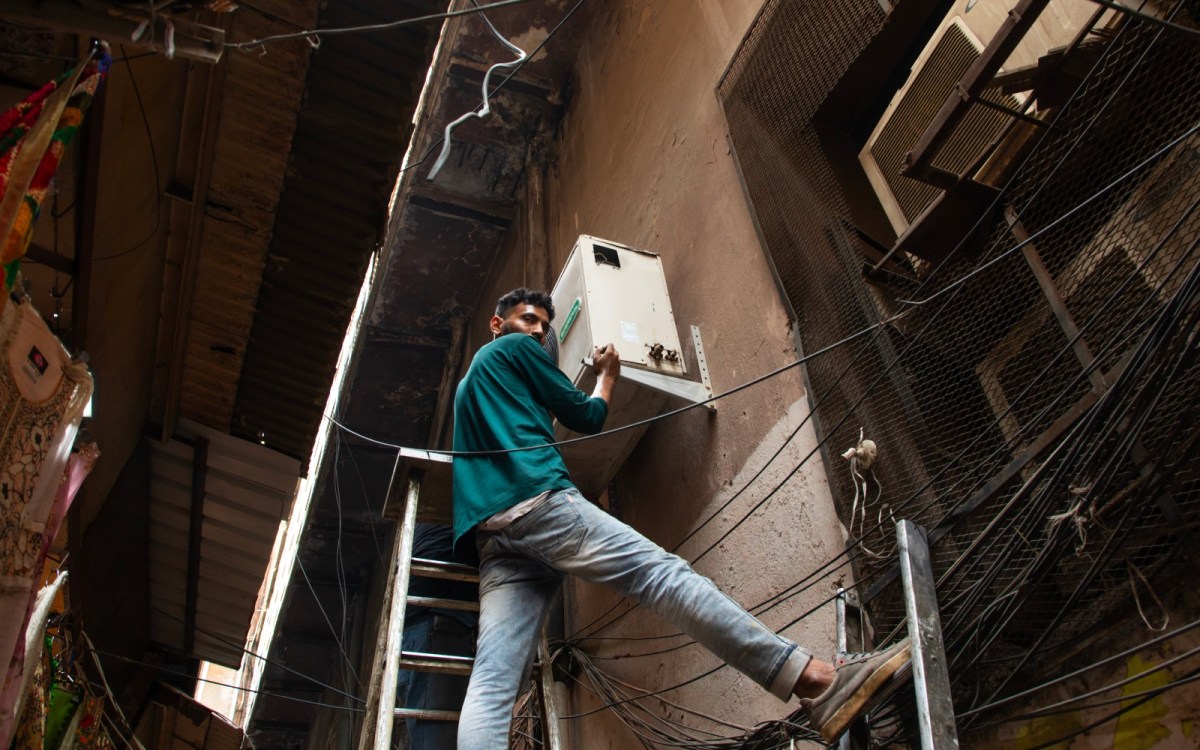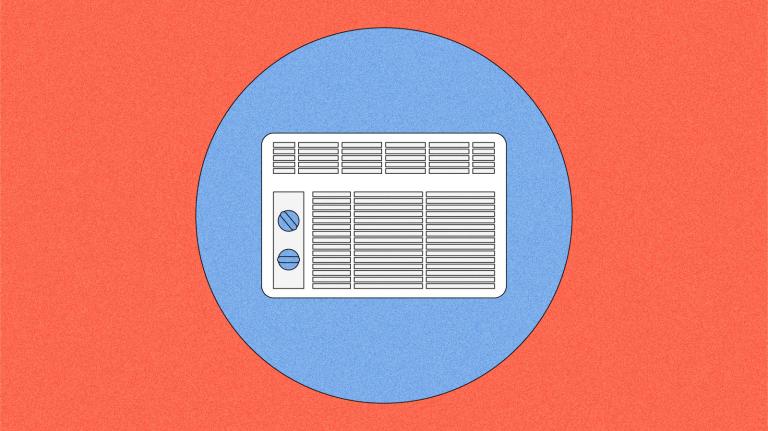
The vision
“Air conditioning was a most important invention for us, perhaps one of the signal inventions of history. It changed the nature of civilization by making development possible in the tropics.”
Lee Kuan Yew, the founding prime minister of Singapore, in a 2009 interview
The spotlight
Last week, we covered some of the technological innovations that could decarbonize air conditioning, an energy-intensive amenity that is increasingly becoming a lifesaving necessity in the face of extreme heat.
According to the International Energy Agency, global demand for air conditioners will triple by 2050 — a rate of growth that equates to 10 new AC units sold every second for the next three decades. This growth is anticipated largely in developing countries, where growing middle classes and increasingly dangerous heat combine to create new demand.
As we discussed in our last newsletter, all that growth also creates something of a vicious climate cycle, because of the energy-intensive nature of cooling, and because the refrigerants commonly used in ACs are potent greenhouse gases. Cooling buildings currently accounts for about 4 percent of annual greenhouse gas emissions, and that number will balloon as ACs proliferate, unless we can replace them with more climate-friendly options.
Organizations and governments alike have begun investing resources in clean AC development, including the launch of the Global Cooling Prize — a partnership between the Rocky Mountain Institute, Mission Innovation, and the Department of Science and Technology of the Government of India, intended to spur innovation of ACs with climate footprints at least five times smaller than standard models. More than 2,100 teams from 96 countries registered for the prize, with two winners announced in 2021.
The challenge is that climate-efficient technologies — or, really, any new technologies — often get sold at a premium when they first hit the market. That wouldn’t be accessible for most of the people who are going to be fueling the growth in AC demand over the next several decades. So, now that better technologies have been demonstrated, the goal is essentially to push companies to scale up their technologies more quickly by guaranteeing demand — and in order to guarantee demand, governments, financing agencies, or other partners will have to step in to ensure reductions in the upfront cost.

A man installs an AC unit on the side of a building in India’s capital, New Delhi, this summer. Eric Lafforgue / Art in All of Us / Getty Images
This problem caught the attention of the Clinton Health Access Initiative, or CHAI — a nonprofit organization founded by former President Bill Clinton in 2002. The initiative was originally aimed at tackling the lack of access to lifesaving treatments for HIV and AIDS in the developing world, using market strategies to negotiate lower prices for medications. It grew to include interventions for other infectious diseases — and, more recently, climate change.
“With extreme heat events becoming more and more common in a lot of the countries in which we work, we’ve started realizing that having access to a cooled space is shifting from being a luxury to almost being a human necessity,” says David Ripin, the chief science officer and vice president of infectious diseases at CHAI. He adds that “there’s a lot of data on the impact of indoor air temperature, heat, and climate on the burden of non-communicable diseases and on poor maternal and newborn health indicators.”
The organization wanted to focus not just on getting air conditioning to more people, but also aiding the decarbonization of the industry, to prevent even more warming and even more harm.
Earlier this year, CHAI announced a multiyear partnership with the foundation arm of a tech company called Cadence Design Systems to use market-shaping strategies, similar to the ones the organization has used for medication access, to speed the proliferation of clean AC in low- and middle-income countries.
There are a number of ways to achieve this. One type of intervention is known as an advance market commitment, or volume guarantee. “That’s essentially a risk-sharing approach,” Ripin explains. “You’ll have a financing agency who’s willing to tell a manufacturer, ‘If you spend a bunch of money to develop and commercialize a product and build a factory that can produce enough of it, and the market doesn’t grow as expected, we will share or offset the loss in investment.’”
A second category of interventions amounts to various forms of subsidies. Even at scale, Ripin says, there could be a fundamental difference in the cost of a hyper-efficient, less polluting air conditioner, just because of the raw materials used to produce it. One way to account for that would be a financing scheme that factors in the savings customers will reap on their monthly energy bills with more efficient units, and essentially turns that into a payment plan. Ideally, he says, customers would still save money each month, but would save a little bit less while they’re paying back the cost of the device. That could be financed by governments, by utility companies, or third parties.
Another version of this strategy could involve the carbon offset market. Ripin notes that the math is pretty clear on how much more efficient new AC technologies are than the current models favored by price-conscious consumers. He believes there’s a case to be made for carbon credit companies to subsidize the upfront cost of climate-friendly ACs, and then sell the emissions savings as offsets.
Ultimately, Ripin says, the best strategy for a given market will depend on a number of factors. “How you set that up, I think, is going to vary greatly by country, depending on what governments prefer, what utility companies prefer, what customers prefer.” CHAI intends to play a coordinating role in establishing some of these schemes in the coming years, following the leadership of the countries it serves.
But with any of these scenarios, the key will be sending a strong signal on the demand side that will give companies the assurances they need to dramatically scale up clean AC products — and fast.
“A lot of these consumers who are just emerging into the middle class, they’re making their first AC purchase — they will keep these units in operation for a long time: 10 years, 20 years, or more,” Ripin says. In other words, the longer it takes new technologies to become widely available and affordable, the more polluting ACs will be built into the system, potentially for decades to come. “So we feel a lot of time urgency here.”
— Claire Elise Thompson
More exposure
- Read: more about the growth in demand for ACs in countries where both income and temperatures are rising (Bloomberg)
- Read: about a program in New York aimed at distributing free ACs to low-income seniors (Grist)
- Read: how Lee Kuan Yew, the founding prime minister of Singapore, cited air conditioning as a key reason for his country’s economic success (Vox) and the climate paradox this poses (CNN)
- Read: an opinion piece making the case that cooling should be viewed as a human right — and an opportunity to scale up clean tech and renewable energy (Scientific American)
A parting shot
Behold: Hawa Mahal, or “palace of the winds,” built in 1799 in Jaipur, India. The palace’s ornate windows contribute to passive cooling through the Venturi effect — the narrow openings draw wind into the building and also compress the air as it passes through, lowering the temperature when the air is released on the other side.




